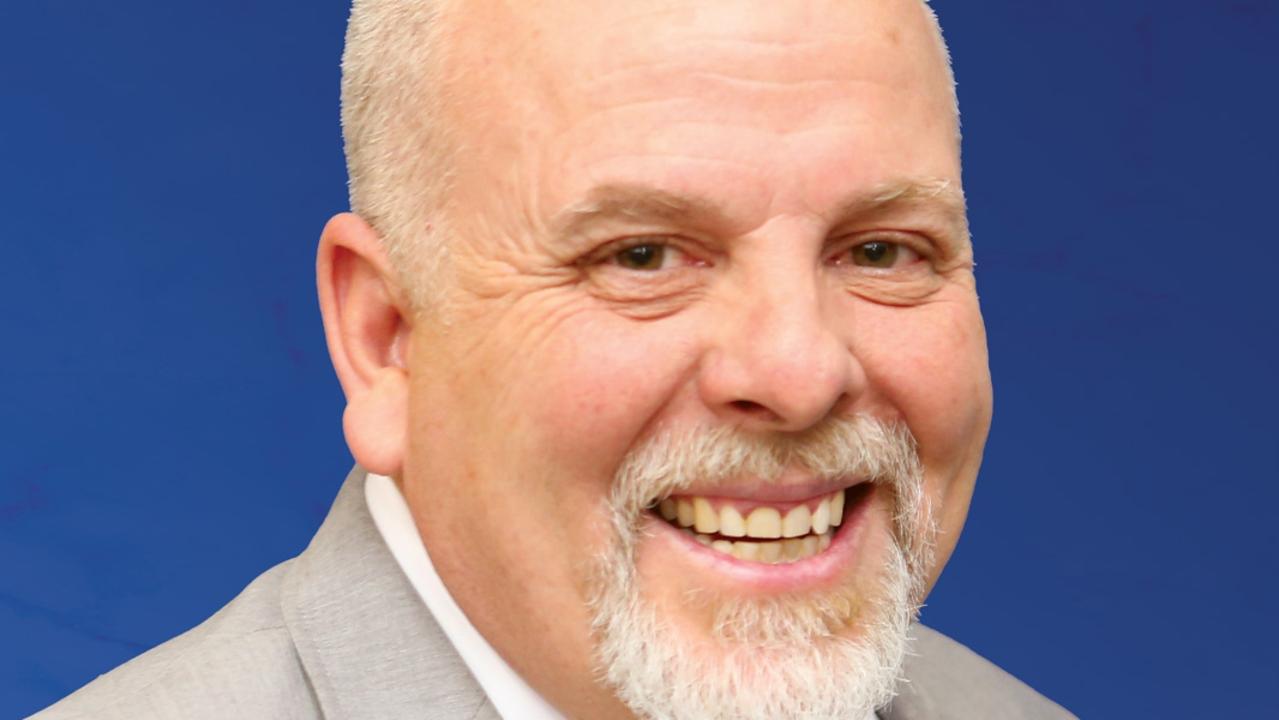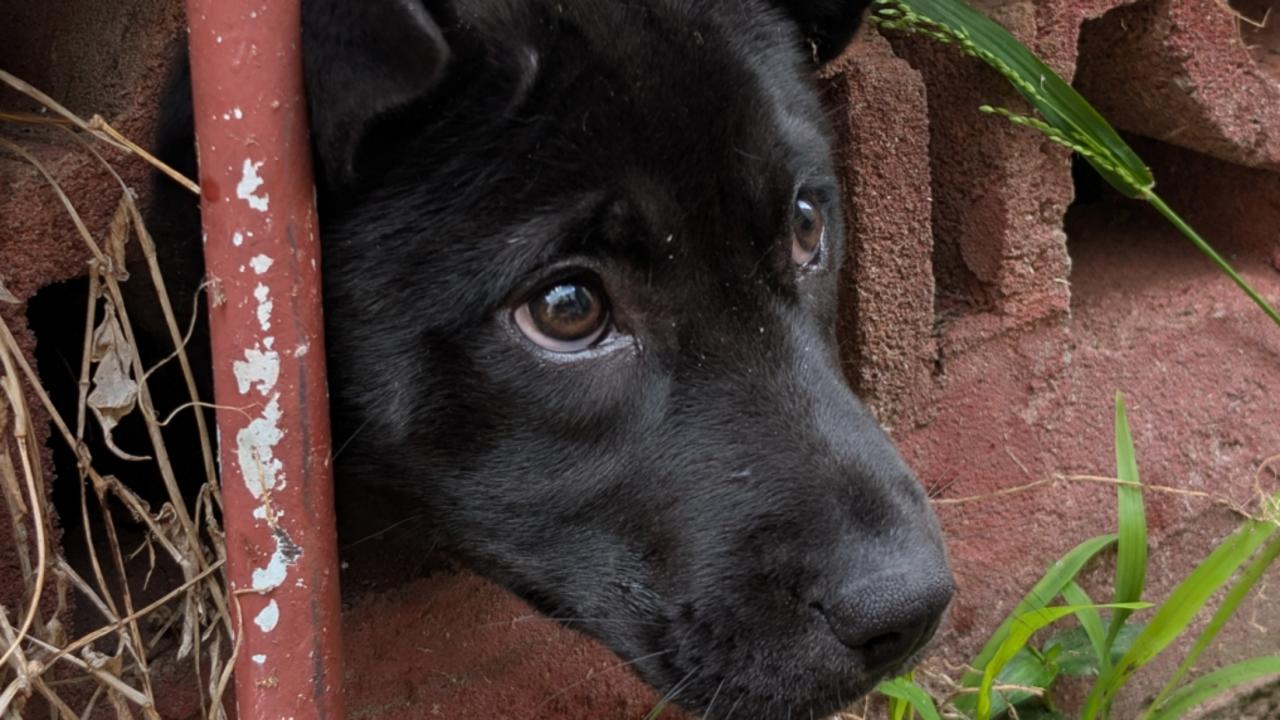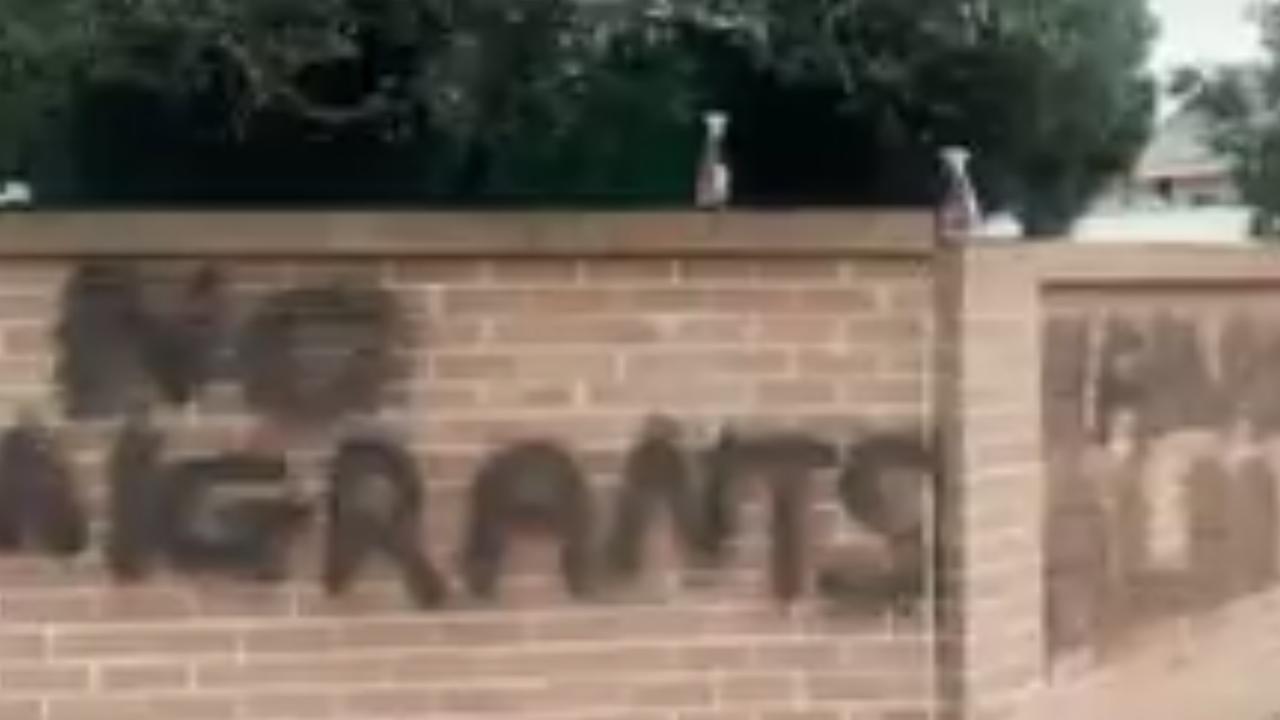‘They don’t want anything’: Life in Sydney’s Wentworth Park tent city
A Sydney tent city has been at a central location for decades, but volunteers and those living there say its population has boomed.
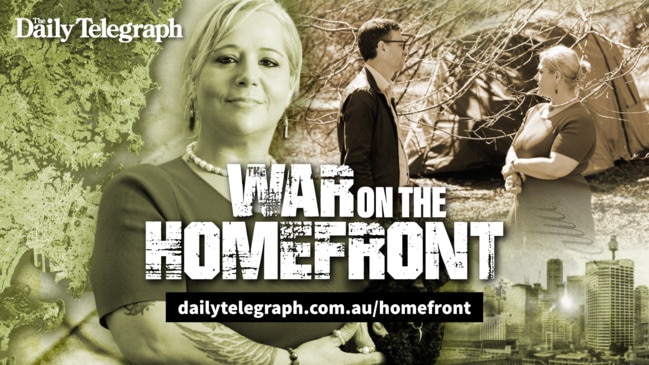
“Can I cover my face?” asks Paul*, a proud MÄori man camped out on the fringes of Sydney’s CBD who invites us into his makeshift Wentworth Park home.
“Family back home wouldn’t like seeing me living like this.”
His camp is tidy and straightforward, a canvas swag sitting atop a DIY wooden platform, away from the rat faeces and urine, which has caused him grief in the past.
A channel is dug around it to stop water pooling on rainy days.
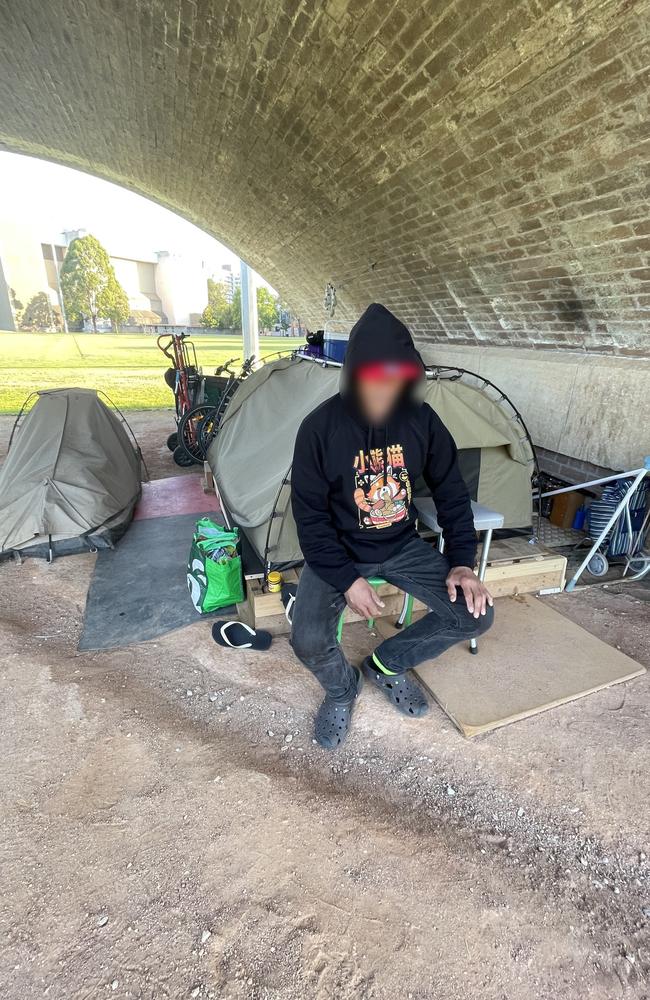
Stacked neatly around his sleeping quarter are some other material comforts like fishing rods, a broken generator he’s been trying to fix, a cricket set and a couple of bikes.
These are his life’s possessions piled methodically on the roughly ten square metre patch of dirt he calls home.
“I’m not happy here,” he says. “But I’m not here forever.”
Paul speaks excitedly about starting skills training and finally applying for social housing once his citizenship application is submitted. However, after ten years of living on Sydney’s streets and working brief stints as a labourer when he can, that reality still seems a while off.
Tent city triples in size
In ebbs and flows spanning decades, Sydney’s homeless have called the well-covered arches forming the footings of the Glebe and Wentworth Park railway viaduct home.
Paul lives in one of the 17 arches that span the park; all but one currently contain makeshift dwellings, some more established than others.
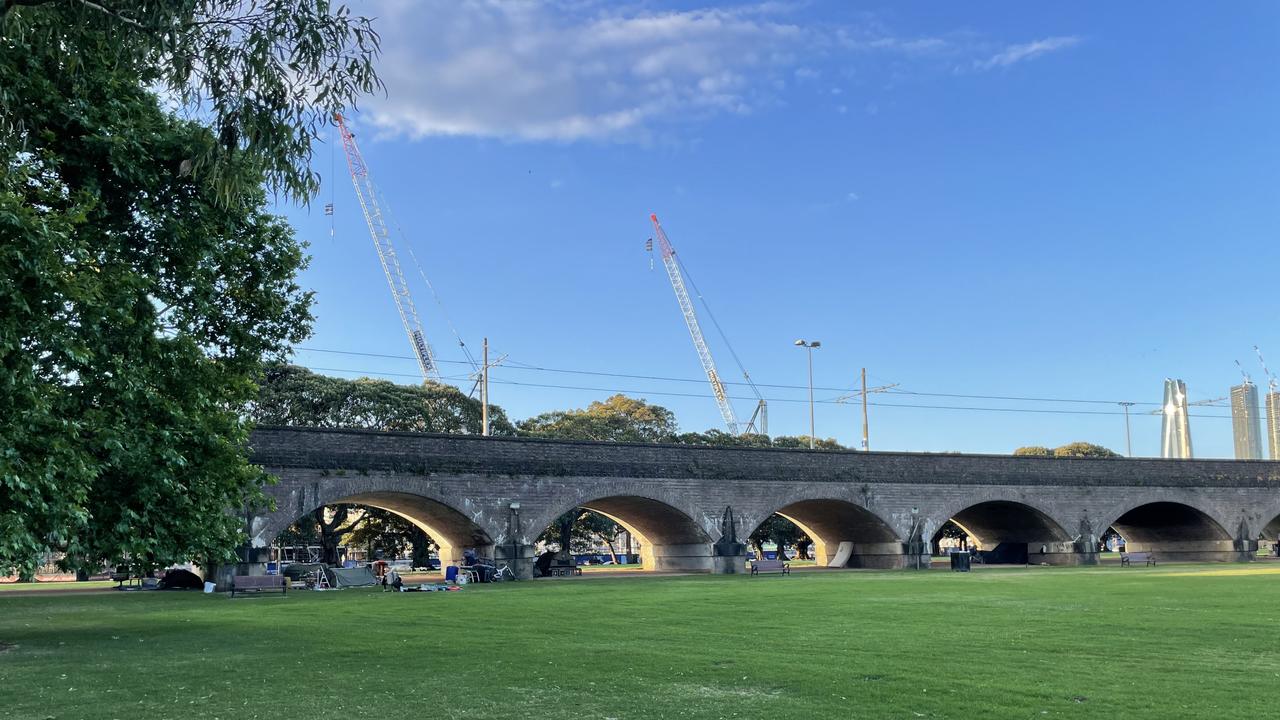
In recent months, those privy to the park’s population say its transient community has roughly tripled in size.
Sarah Morris, director of Acts of Kindness Community Outreach, has spent years visiting the park during weekly food drops.
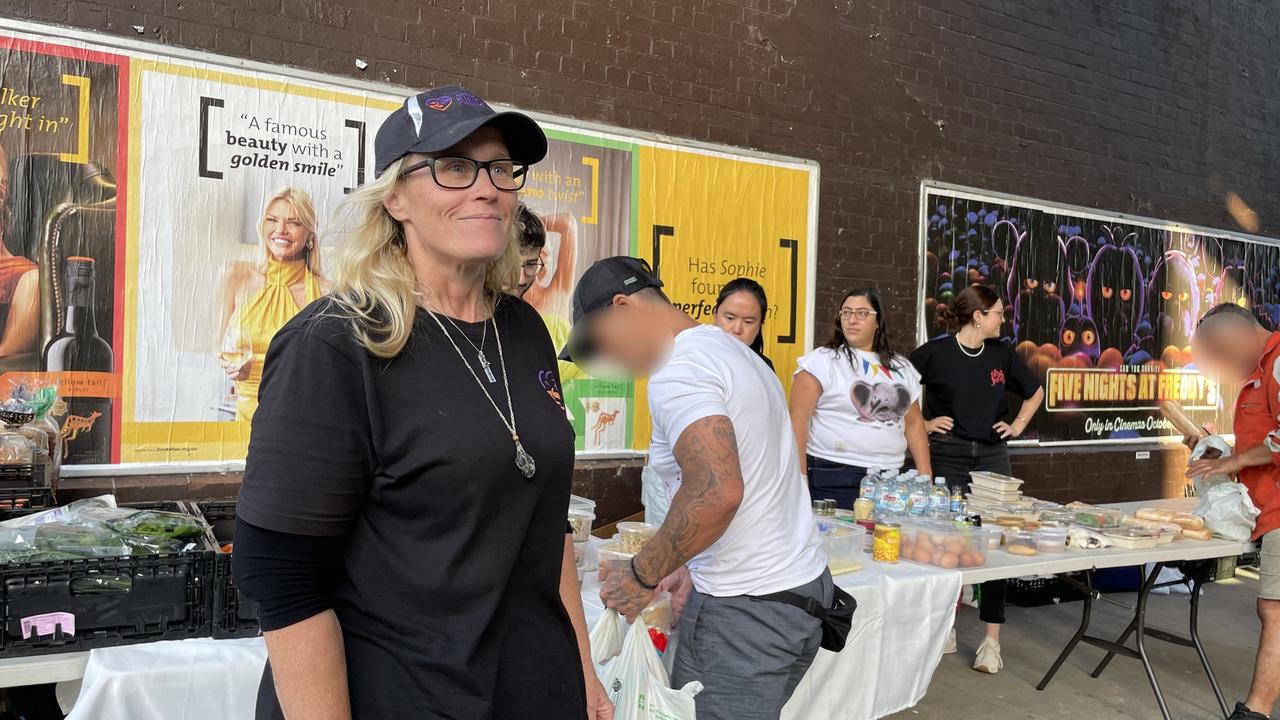
A bubbly soul who is on a first-name basis with the community there, she too told news.com.au the community of rough sleepers has grown considerably in a matter of months.
“In the last couple of months, we’ve gone up to about 27 dwellings when normally we sit at about eight to 10,” she said.
She said some calling the arches home are symptoms of systemic failures while others are contently there on their own accord.
“It’s a real mixed bag,” she said.
While some form a small fraction of the some-58,000 applicants currently waiting for social housing in New South Wales, Ms Morris said there is a section of the campers who are not Australian citizens – and are there due to their ineligibility.
“They don’t have citizenship, so they’re entitled to nothing,” she said.
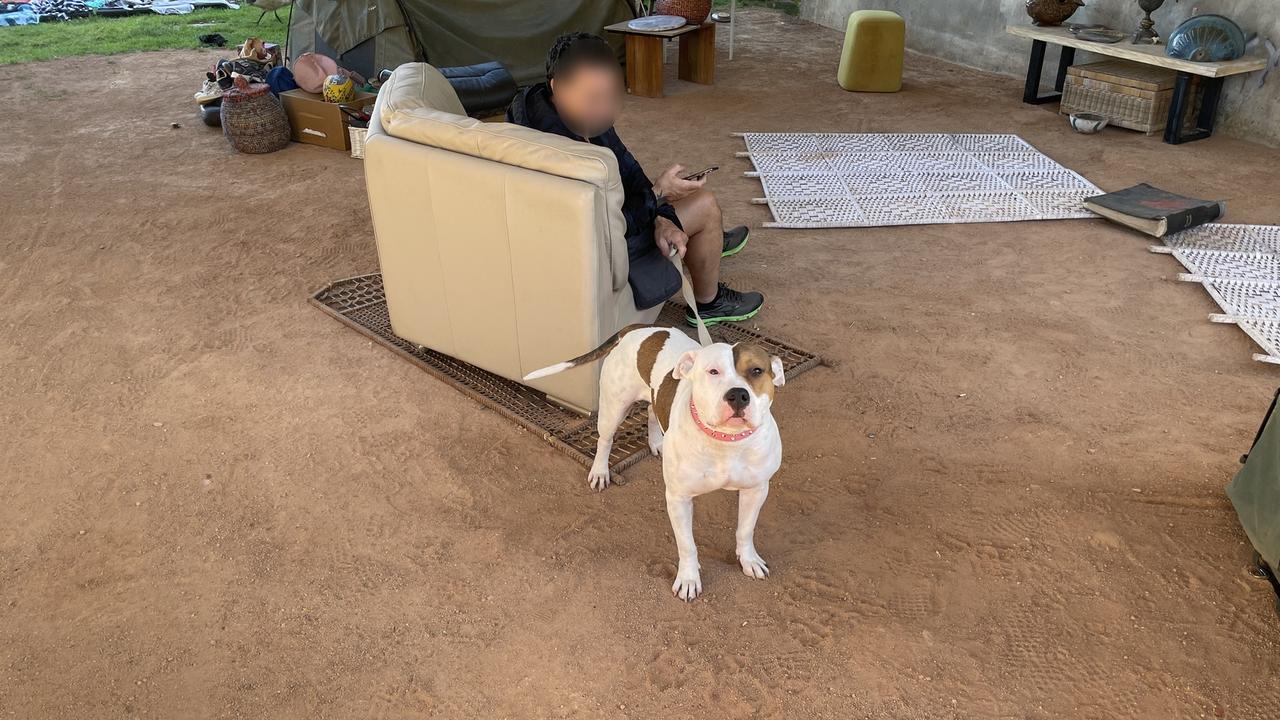
She estimates roughly half of the current population are immigrants. Others have been coming and going for years.
Some have been there for the long term despite attempts to move them on, and they are uninterested in accessing social housing.
“Some are drug affected, and they choose to be there, but we’ve got two guys who have been down there for five or six years, and there’s no helping them because they don’t want anything,” Ms Morris said.
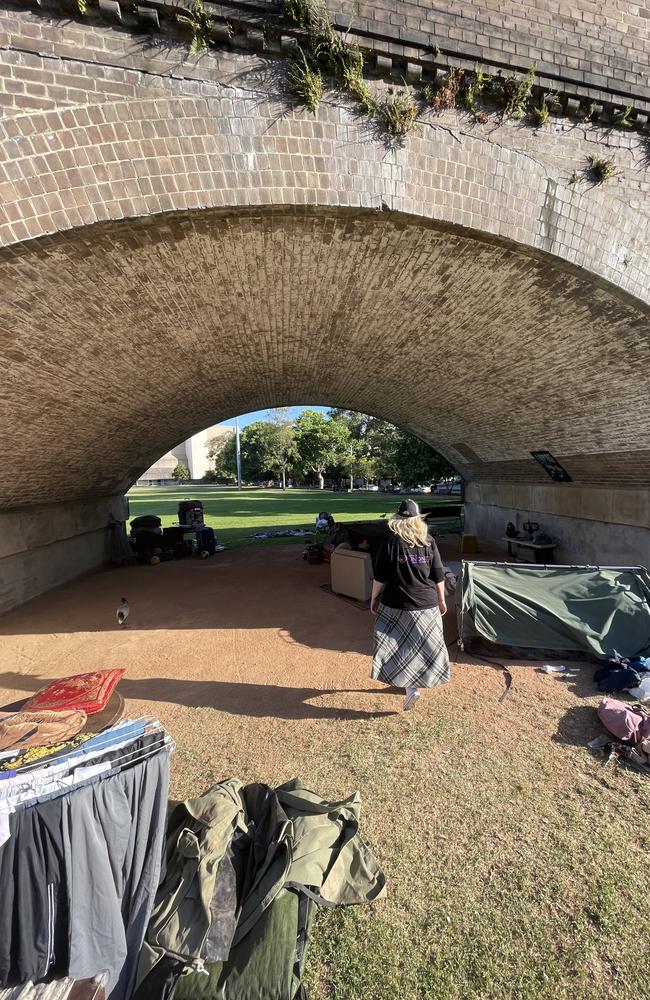
Whether they want help, are entitled to it, or they are content on sleeping rough, one observation has become abundantly clear in recent months – the population is growing.
Their presence, according to volunteers, the homeless community itself, and some neighbours along the adjacent Wentworth Road, seldom causes issues. However, when the council removes hoarded rubbish – minor tensions are briefly sparked.
A ‘family dinner’
Ms Morris and her organisation are among several feeding the community at the park, while others help in other areas like housing applications, immigration forms and health checks.
The bridge section on Wentworth Park Road pumps at 5.45pm each Thursday as Ms Morris and her small but dedicated crew of volunteers open their free, supermarket-like stand with rescued food from businesses across the city.
What’s on offer is a massive mix of non-perishables and pre-prepared meals ready to eat in the next few days, most of which Ms Morris has toiled over herself.
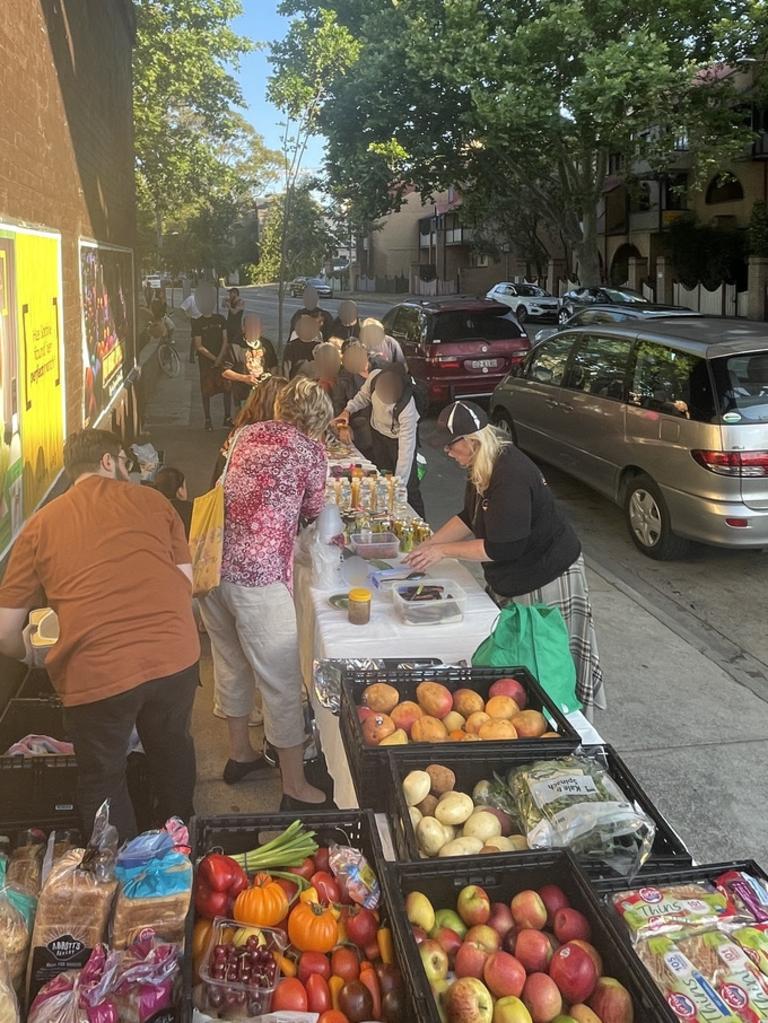
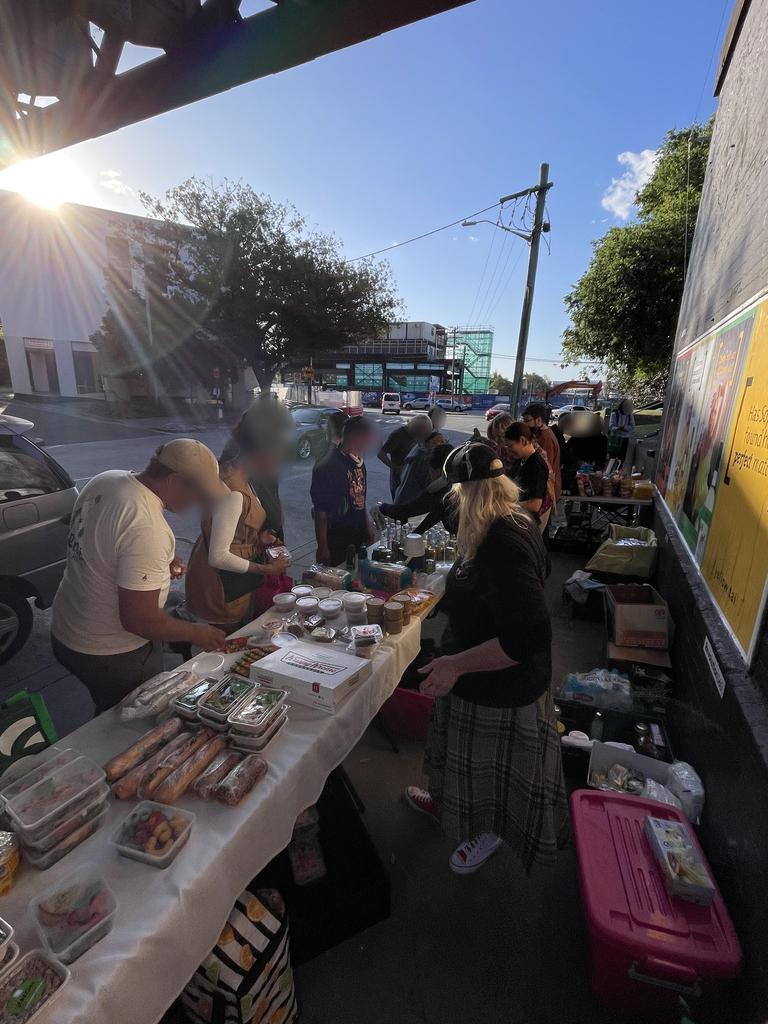
The residents of the bridge all gather and make the most of the offering. Plenty from outside the area or nearby social housing units also join.
By the end, there’s little left.
Despite the dire circumstances of many there, Ms Morris creates an infectiously positive vibe. Campers move deckchairs to the stall for a yarn over a cigarette and tea as Aussie hip-hop blares away from Ms Morris’ speakers in the background.
“This is my family dinner,” Ms Morris gleefully exclaimed while packing up on Thursday night.
Organisations rally
New South Wales Health, along with St Vincent Hospital, have begun pop-up monthly clinics at Wentworth Park where the campers can access a free health check-up. An immigration lawyer frequently visits and assists the homeless immigrants with citizenship.
Ms Morris believes most stakeholders are doing their best.
“They’re trying really hard to figure out how to help out the people down there.”
Wentworth Park is just one of many Sydney sites rough sleepers call home.
Earlier this year the City of Sydney reported a 23 per cent increase in the number of individuals sleeping rough on inner-city streets, with a count of 277 people this year, up from 225 the previous year.
Crisis and temporary accommodation facilities are almost at full capacity, with 93 per cent occupancy, signalling a shortage of available beds. About 100 volunteers, including those who have experienced homelessness, conducted the street count.
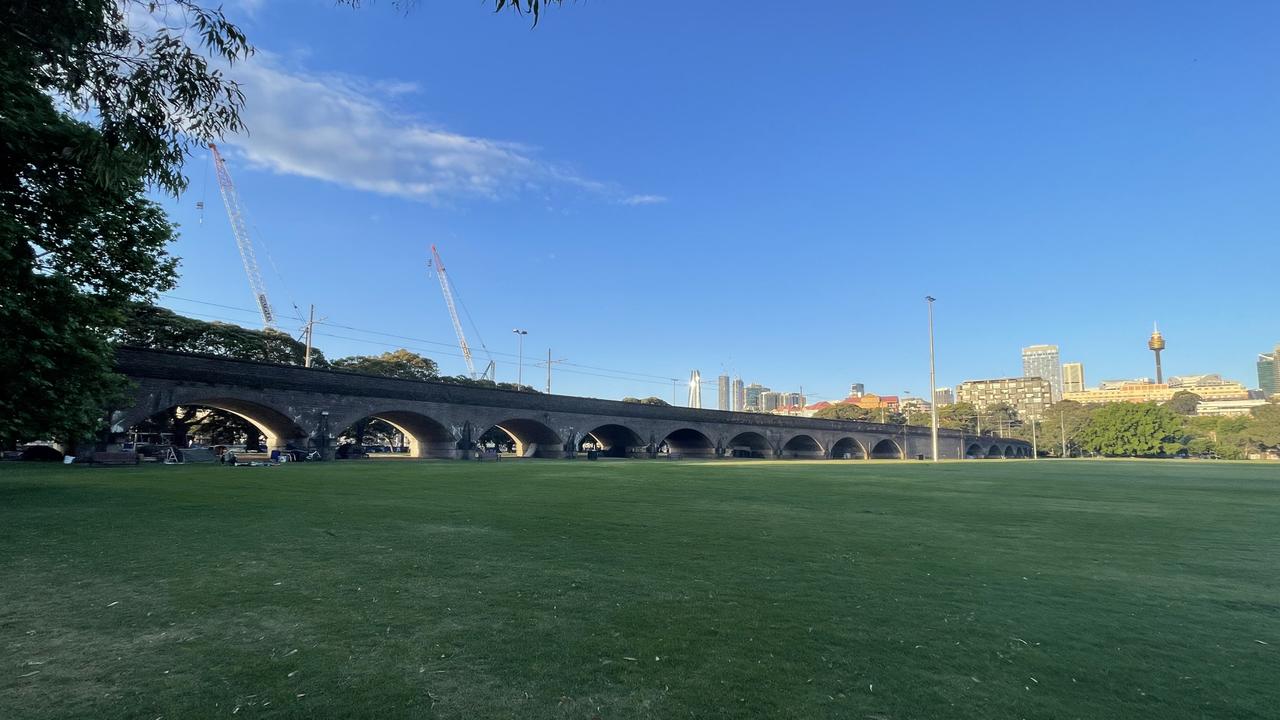
Lord Mayor Clover Moore used the count to urge the newly elected State Government to prioritise addressing homelessness and its underlying causes.
Homelessness NSW CEO Trina Jones also emphasised the need for investment in social housing and continued funding for successful programs.
A City of Sydney spokesperson told news.com.au that while housing and addressing homelessness is a NSW Government responsibility, the City of Sydney continues to address the issue with its Australian-first dedicated homelessness unit.
The spokesperson also mentioned, “Every day, the City of Sydney’s public space liaison officers are on city streets, including Wentworth Park, visiting people sleeping rough and helping to link them with services they need and organisations that can further assist them.”
Regarding people sleeping rough without Australian citizenship, the spokesperson added, “People sleeping rough who do not hold Australian citizenship face additional challenges in accessing government services and support.”
“We are working to draw the government’s attention to the minimal housing options available to this community,” they said.
It’s estimated that statewide, 120,000 people sleep rough, while 57,550 applicants eagerly await social housing as of September 2023.
More Coverage
Wait times for the inner-city are between five to ten years for a home.
In May this year, the state government issued an edict to government agencies to rezone vacant land for housing, with a promise to dedicate at least 30 per cent of the land for social and affordable housing.
Find out more about Acts of Kindness Community Outreach here
Read related topics:Sydney




